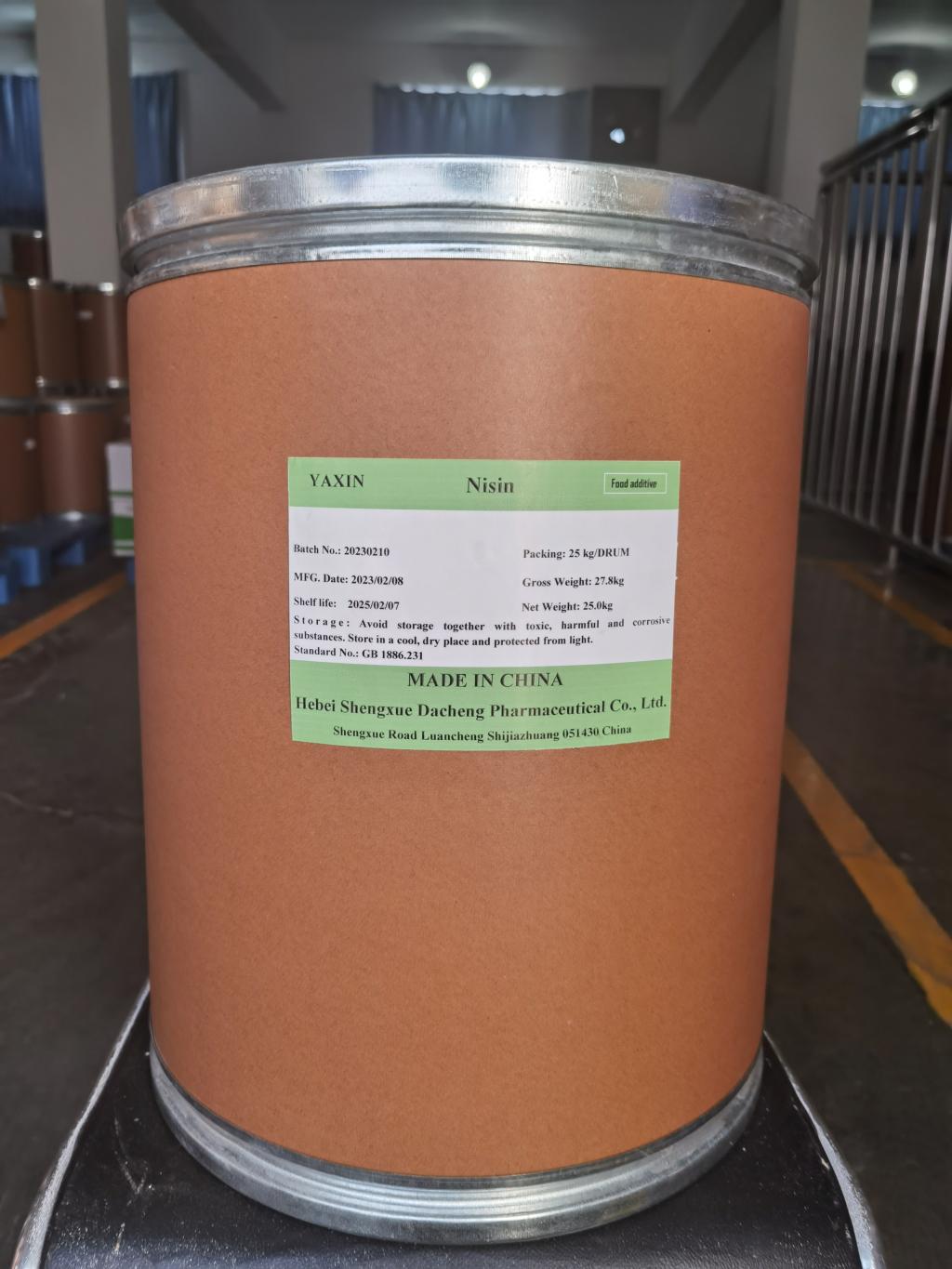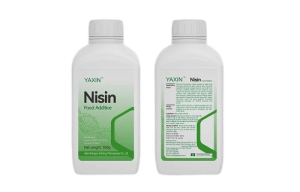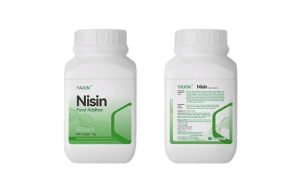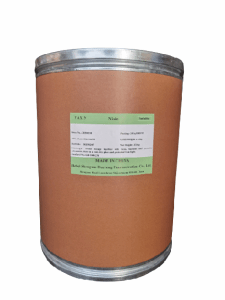Tel:+8618231198596

News
 CONTACT
CONTACT
 CONTACT
CONTACT
- Linkman:Linda Yao
- Tel: +8618231198596
- Email:linda.yao@dcpharma.cn
- Linkman:CHARLES.WANG
- Department:Overseas
- Tel: 0086 0311-85537378 0086 0311-85539701
News
The potential of nisin in reducing food waste.
TIME:2024-10-29
Understanding Nisin and Its Mechanism
Nisin is a naturally occurring antimicrobial compound that belongs to the group of bacteriocins. It is effective against a wide range of Gram-positive bacteria, including Listeria, Staphylococcus, and Bacillus species, which are common culprits in food spoilage. Nisin works by disrupting the bacterial cell membrane, leading to cell death. This antimicrobial property not only prevents foodborne illnesses but also extends the shelf life of various food products.
The Role of Nisin in Extending Shelf Life
One of the primary causes of food waste is the rapid spoilage of perishable items. Fruits, vegetables, dairy, and meat products often have short shelf lives and are susceptible to microbial contamination. Nisin can act as a powerful preservative in these foods by controlling the growth of spoilage microorganisms.
For example, dairy products such as cheese and yogurt benefit from the addition of nisin, as it prevents the growth of spoilage-causing bacteria that can affect flavor and texture. By incorporating nisin into packaging or directly into the food, producers can significantly extend the shelf life of dairy products, reducing the amount that goes to waste due to spoilage.
Applications of Nisin Across Different Food Products
Nisin has broad applicability across various types of food. In the meat industry, for instance, nisin can inhibit spoilage bacteria in processed meats, maintaining product quality for longer periods. This is particularly valuable for ready-to-eat meats, where microbial contamination is a primary concern. Similarly, nisin can be used in canned foods, sauces, and beverages to ensure that these products remain safe and fresh during storage and transport.
In fruit and vegetable preservation, nisin is showing promise in extending shelf life by reducing microbial spoilage. Fresh-cut fruits and vegetables, which are prone to rapid degradation, can be treated with nisin to prolong freshness without altering their natural taste or nutritional quality.
Benefits of Nisin in the Context of Food Waste Reduction
Using nisin as a preservative aligns with global goals of reducing food waste. By extending the shelf life of perishable items, nisin helps retailers and consumers avoid premature spoilage. This, in turn, allows for more efficient food distribution, reducing the environmental footprint associated with wasted food.
Additionally, nisin is considered safe for human consumption, as it is a natural product derived from lactic acid bacteria. It is recognized by regulatory bodies such as the FDA and EFSA, making it an attractive alternative to synthetic preservatives. Consumers are increasingly seeking clean-label and natural preservative options, and nisin meets these demands while contributing to waste reduction efforts.
Challenges and Future Perspectives
While nisin holds significant potential in reducing food waste, challenges remain. Nisin is most effective against Gram-positive bacteria, meaning it may need to be combined with other preservation methods to combat Gram-negative bacteria effectively. Additionally, research into the optimal conditions for nisin application in different food matrices is ongoing to maximize its effectiveness.
Looking to the future, further development in nisin formulations and delivery methods—such as incorporating it into edible coatings or biodegradable packaging—could expand its applications. Continued advancements in this area will enhance its role in waste reduction, particularly as demand for sustainable solutions in the food industry grows.
Conclusion
Nisin represents a valuable tool in the fight against food waste by enhancing the shelf life of perishable products and preventing microbial spoilage. As a natural and effective preservative, it holds promise for wide-ranging applications across the food industry, aligning with consumer preferences for clean-label ingredients and sustainable practices. By harnessing the potential of nisin, the food industry can take a significant step toward a more sustainable and waste-conscious future.
- Tel:+8618231198596
- Whatsapp:18231198596
- Chat With Skype







